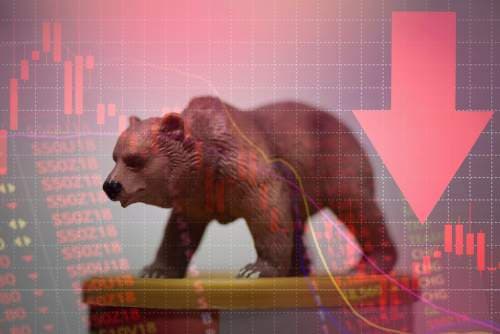
With stocks within sight of new all-time highs, a danger we noted in the spring is back—markets are historically overvalued once again.
One measure of looking at the stock market is comparing its current valuation metrics to its historical average.
On an earnings basis, markets are now back to two times standard deviations over their average:

The S&P 500 saw a short dip following Liberation Day in April… but is back to nosebleed valuations. (Source: Andrew Packer)
Only 5% of the time, the stock market is more expensive than it is now.
With corporate earnings yet to reflect the impact of tariffs – and with many of those tariffs likely to come inching back in July – it may be time to take some profits off the table following the stock market’s stellar rebound.
This doesn’t mean the market can crater immediately overnight in another Liberation Day move, but it does mean easy money has been made, and it’s time to start packing up.
Panic now, avoid the rush.
~ Addison



